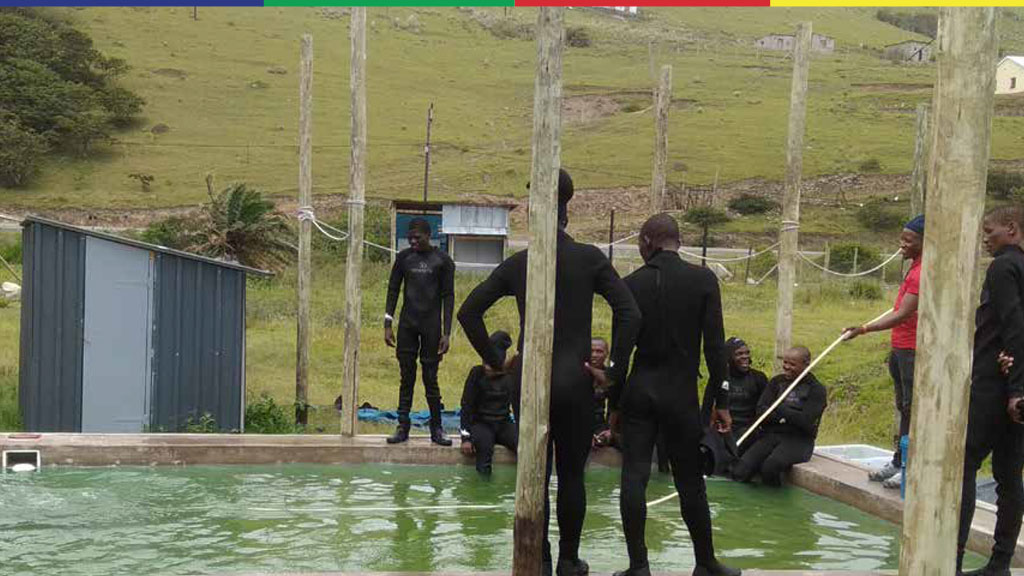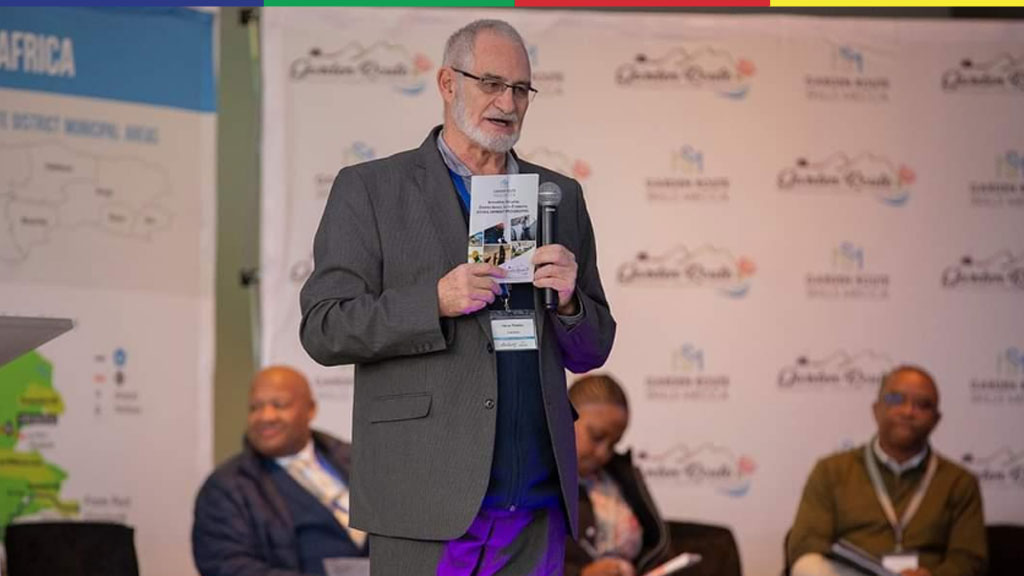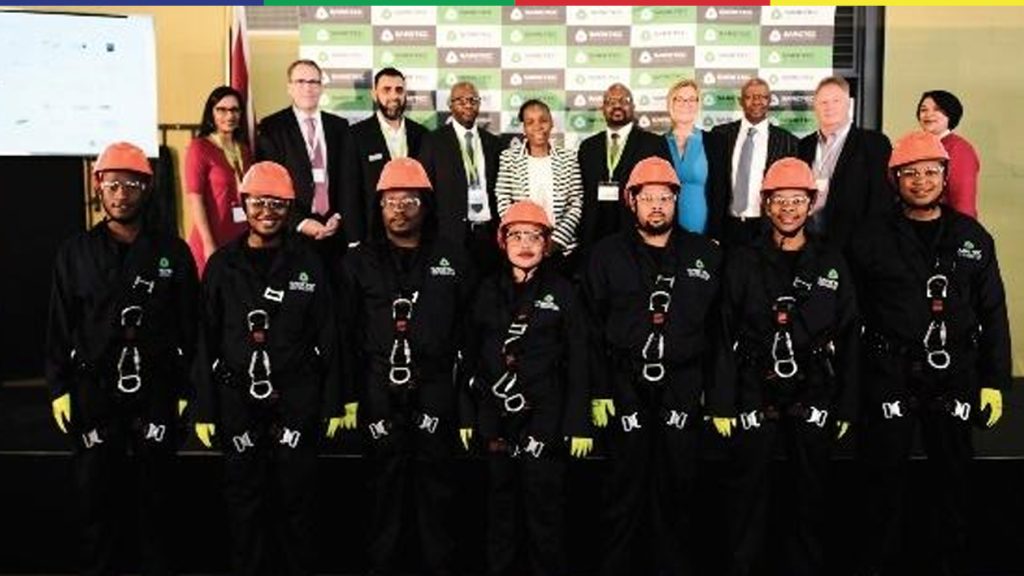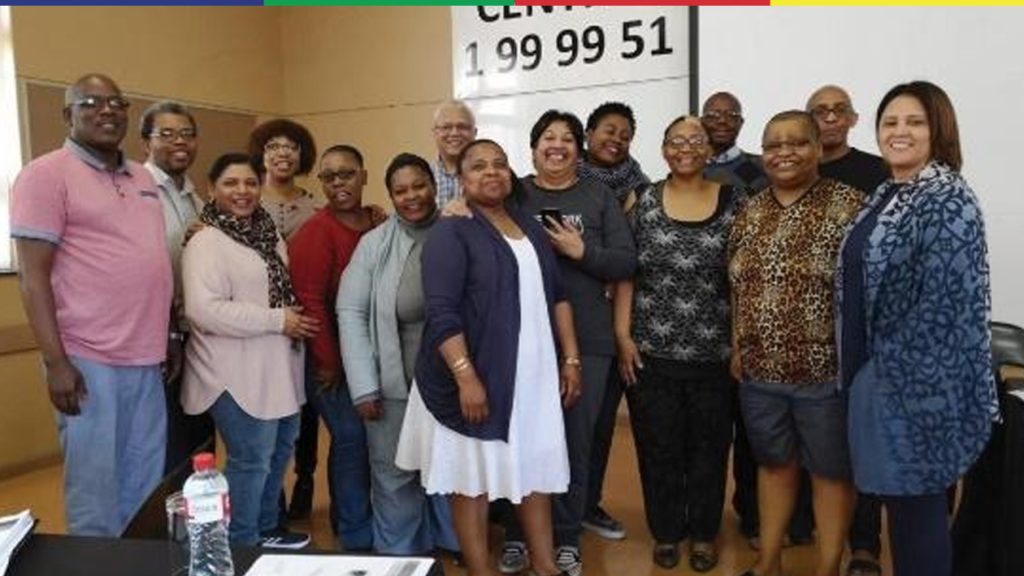The Wild Coast Fisheries Project, implemented by the College of Sustainable Agriculture, was approved by the National Skills Fund (NSF) in March 2018 and provided funding of R29 million. The funding was for the training of some 800 youth and women from 23 Wild Coast villages stretching from the Nqileni-Xhora Mouth to Port St Johns–Lujazo areas.
The training was geared towards existing and aspiring crayfish quota permit holders to improve their diving skills and achieve the permitted harvesting quotas. The ultimate goal of the project is to ensure an increased income generated by local divers.
All training was done in isiXhosa, starting out with theory in areas such as sustainable fishing practices, first aid and entrepreneurship principles of small medium and micro enterprises (SMMEs), as well as how to improve the quality of the catches, which, in turn, increases the price earned from processors.
The practical component commences in a specially built swimming pool that is located at a diving school, which was built in Coffee Bay for the purpose of training divers. This was followed by a swimming assessment in a safe river and lastly training done at sea. Learners were evaluated by a master diver and supported with diving gear. Observation assessments and logbooks were used as practical assessment tools. Learners who successfully completed the programme received their own diving gear.
Thembinkosi Sitewu, from Coffee Bay, knew how to swim above water, but had no diving experience before he joined the training programme. “However, the training assisted everyone, even people like me who could not swim underwater”.
“It is pleasing to see some of the people who were trained getting employment opportunities. For instance, two ladies who had been trained have since been employed as a result of the health and safety certificates they received through the training”.
Sitewu explained that the project was an eye-opener. He sees potential in collaborating with other divers to create a business, although marketing and access to markets remain a challenge. “What would be helpful is ongoing training and monitoring and evaluation to determine the extent the training has assisted and identify areas where local divers could be assisted further”.
“Additionally, there are lots of opportunities where many locals do not participate. For instance, with the assistance of funders such as the NSF, we could utilise dormant forests that could in turn create opportunities to produce coal or paper and some forests could be focussed on setting up tourism activities”, he ended.
This article was published in the NSF 2018/19 Annual Report




